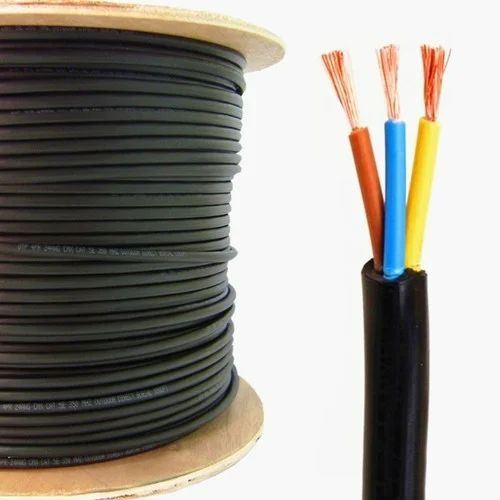The Impact of Touching Positive and Negative Wires: Safety and Consequences
In the realm of electrical engineering and safety protocols, the question of whether positive and negative wires can touch is a critical one. The interaction between these wires can have significant implications for both the functionality of electrical systems and the safety of individuals working with them. In this article, we will delve into the potential consequences of positive and negative wires touching, the safety measures to prevent such occurrences, and the underlying principles that govern these interactions.
Understanding Positive and Negative Wires
In electrical systems, positive and negative wires are fundamental components that form the basis of circuitry. Positive wires typically carry current from the power source, while negative wires complete the circuit by providing a return path for the current. When these wires come into contact, it can lead to a short circuit, which has the potential to cause damage to the system and pose serious safety hazards.
Consequences of Touching Positive and Negative Wires
When positive and negative wires touch, a short circuit occurs due to the direct connection between the power source and the return path. This can result in a sudden surge of current, leading to overheating, melting of wires, and in extreme cases, electrical fires. Additionally, the abrupt increase in current can damage sensitive components within the circuit, rendering the system inoperable. Therefore, it is crucial to prevent such contact to maintain the integrity and safety of electrical systems.
Safety Measures and Best Practices
To mitigate the risks associated with positive and negative wires touching, several safety measures and best practices should be implemented. These include proper insulation of wires, adherence to wiring standards and regulations, use of circuit protection devices such as fuses and circuit breakers, and regular inspections to identify and address potential points of contact. Furthermore, individuals working with electrical systems should receive comprehensive training on safety protocols and the consequences of mishandling positive and negative wires.
Principles of Electrical Isolation
The concept of electrical isolation plays a pivotal role in preventing the contact between positive and negative wires. By employing techniques such as using insulating materials, creating physical barriers, and implementing isolation transformers, the risk of inadvertent contact can be significantly reduced. Understanding the principles of electrical isolation is essential for designing and maintaining safe and reliable electrical systems.
Conclusion
In conclusion, the question of whether positive and negative wires can touch is not merely a theoretical concern, but a practical and critical aspect of electrical safety. The consequences of such contact can range from system damage to potential hazards for individuals in proximity. By implementing stringent safety measures, adhering to best practices, and understanding the principles of electrical isolation, the risks associated with touching positive and negative wires can be effectively mitigated, ensuring the integrity and safety of electrical systems.

Post Comment